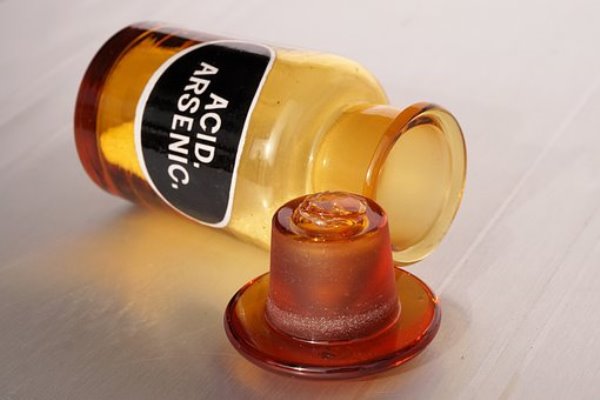EU Regulation (EU) 2023/465 sets new maximum levels for inorganic arsenic in rice and rice products, infant formulae, complementary foods, fruit juices and table salt from 26.3.23.
Arsenic is a very common semi-metal that is considered toxic and should be avoided in the diet.
Studies have found that consumers who eat a lot of rice and rice products, as well as children under the age of three, may be at increased risk of exposure to inorganic arsenic. Arsenic is suspected of contributing to certain types of cancer.
We have tabulated the newly set limits for you and refer you to the text of the EU regulation for explanations of the footnotes and further information, which you can download here.
|
Foodstuffs (1) |
Maximum levels |
|
|
3.5 |
Arsenic (inorganic arsenic for 3.5.1 to 3.5.4 and total arsenic for 3.5.5) (50) |
|
|
3.5.1 |
Cereals and cereal based products (51) |
|
|
3.5.1.1 |
Non-parboiled milled rice (polished or white rice) |
0,15 |
|
3.5.1.2 |
Parboiled and husked rice |
0,25 |
|
3.5.1.3 |
Rice flour |
0,25 |
|
3.5.1.4 |
Rice waffles, rice wafers, rice crackers, rice cakes, rice flakes and popped breakfast rice |
0,3 |
|
3.5.1.5 |
Rice destined for the production of food for infants and young children (3) |
0,1 |
|
3.5.1.6 |
Non-alcoholic rice-based drinks |
0,03 |
|
3.5.2 |
Infant formulae (3) (29), follow-on formulae (3) (29), foods for special medical purposes intended for infants and young children (3) (29) and young child formulae (29) (57) |
|
|
3.5.2.1 |
– marketed as powder |
0,02 |
|
3.5.2.2 |
– marketed as liquid |
0,01 |
|
3.5.3 |
Baby foods (3) (29) |
0,02 |
|
3.5.4 |
Fruit juices, concentrated fruit juices as reconstituted and fruit nectars (14) |
0,02 |
|
3.5.5 |
Salt |
0,50 |
YOUR PLUS: The food laboratories of the AGROLAB GROUP test all food and food supplements for arsenic. In addition to the total arsenic content, we also determine the proportion of inorganic arsenic in the samples and evaluate the results according to the legal limits applicable in Europe.
Links:
1)
Author: Dr. Frank Mörsberger

 Contact
Contact

 Contact
Contact Career
Career